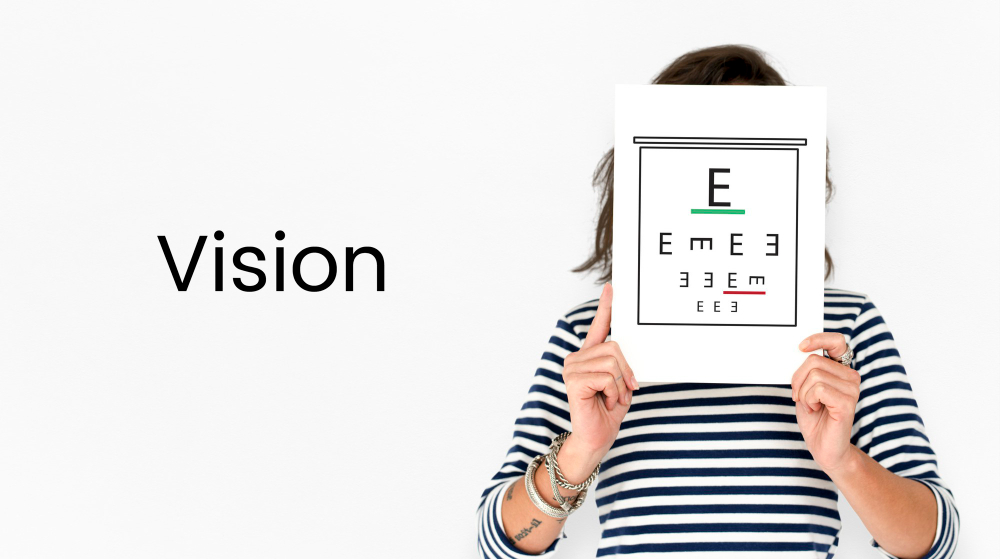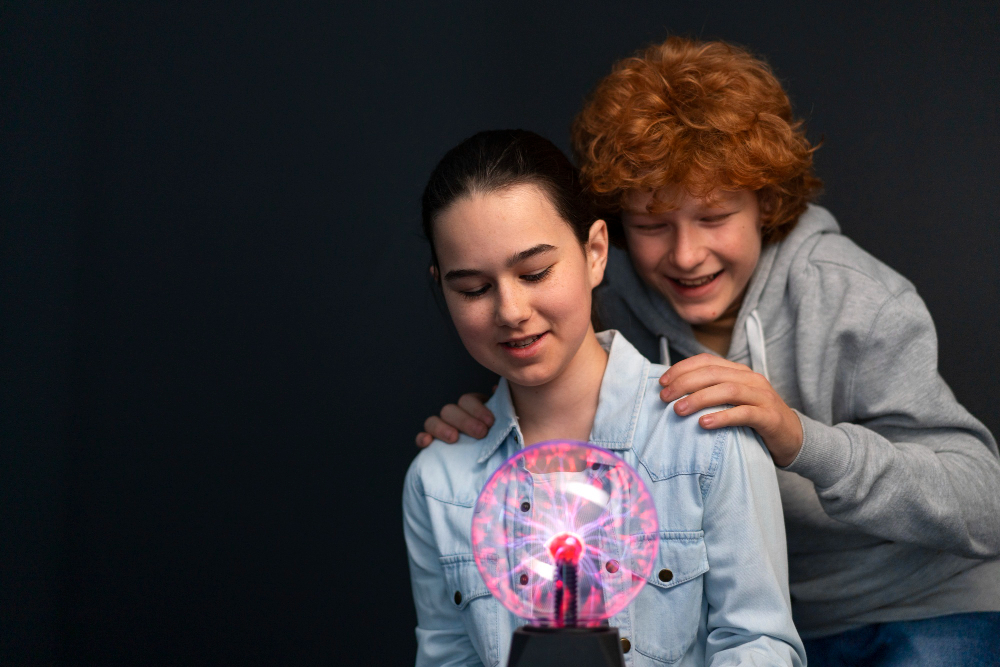Many regard vision as the most essential sense that a human being has. It allows us to see this world’s beauty and embrace it truly as it is. However, our vision deteriorates over time as we age or experience new health conditions. Primates like humans have evolved to have a reduced sense of smell but a precise and enhanced sense of vision.
Degradation of vision can be for many reasons, and they may include Diabetes, age-related macular degeneration, myopia, hyperopia, cataracts, and glaucoma. These are reasons why and how human eyesight can deteriorate over time. Let’s start with myopia and hyperopia. Myopia is a scientific term for nearsightedness, and hyperopia is for farsightedness. These can happen to people because of the difference in the shape of their eyeballs. Remember, an eyeball’s natural shape is a spherical ball. Myopia is when the eyeballs have a stretched-out and more horizontal-like shape. Therefore, the light does not reach the retina, causing objects far away to seem blurry. Hyperopia happens when the eyeball’s shape is clumped together and looks more vertical. The irregular shape of the eyeball causes light to go beyond the retina, making it hard to see objects up close. Individuals with myopia and hyperopia can get glasses to improve their vision. Thankfully, myopia and hyperopia aren’t a massive threat to our eyesight.
Age-related macular degeneration, shortened as AMD, is a disease that blurs out your central vision. Blurry central vision occurs because of damage to the macula. There are two types of AMD: wet and dry. Most people have dry AMD. Dry AMD results from the macula aging and thinning out, while wet AMD is the macula’s function impacted by blood vessel leakage. No one knows why the macula can be damaged and deteriorate over time, but we know how dangerous it can be. If left unchecked, it can make you legally blind due to the high amount of vision loss that may occur in its advanced stages. It takes around 5-10 years for a person in the early stages of AMD to enter the advanced stages. This dangerous disease can cause patients to lose their driver’s license. There is no natural treatment for dry AMD, but vision aids will help reduce the effects. In wet AMD, however, regular eye injections and photodynamic therapy will prevent vision from getting worse. Despite this, you shouldn’t worry too much if you’re young. AMD usually happens to elders, and it is not a significant threat to children, young adults, and adults. Diabetes, however, can affect people of all ages.
According to the IDF Diabetes Atlas, over 537 million adults in the world have diabetes, which is almost 10.5% of the global population. There are two types of diabetes: Type 1 and type 2. Type 1 occurs because of low or no insulin, and type 2 occurs because of insulin resistance. Diabetes generally results from sugar building up in the bloodstream, again by insulin resistance (type 2) or low insulin production by the pancreas (type 1). Genetic and environmental factors contribute to the development of diabetes. Taking insulin or other diabetes medicine can reduce the effects. Diabetes can lead to retinopathy. Retinopathy is the definition of a disease in the retina that causes a decline or loss of vision. High blood sugar causes Diabetic Retinopathy because it disrupts and damages your retinas and their blood vessels. The blood vessels can leak and cause blurry vision. Therefore, the disrupted retina cannot send signals to your brain using the optic nerve, causing vision loss. Medicines such as anti-VEGF can slow or even, in some cases, reverse Diabetic Retinopathy. Diabetes can also cause cataracts and glaucoma as well.
Cataracts are the clouding of the eye lenses, blurring vision. Many things can cause cataracts, diabetes being a common cause. Old age, obesity, high blood pressure, smoking, and previous eye surgery can also be leading causes of the development of cataracts. However, there is a simple treatment for cataracts: surgery. The surgery is a procedure of removing the clouded lens and replacing it with artificial ones. The cost per eye is around $3,000-$7,000 in the United States. It takes ten to fifteen minutes per eye for surgeons to complete the operation. The recovery time is around seven to nine weeks, which is a relatively fast recovery. Glaucoma is a group of eye conditions that cause vision loss by damage to the optic nerve. Glaucoma is caused by high fluid pressure in the eyes or decreased corneal thickness. High fluid pressure happens when the fluid that moves throughout the inside of the eye builds up. The fluid in our eye is called aqueous humor. Glaucoma can be identified by a comprehensive dilated eye exam and treated by lowering intraocular pressure. Lowering intraocular or fluid pressure can be done by taking medications, eating healthy, exercising, and reducing caffeine intake.
Glaucoma should be taken seriously and can cause heavy eye damage. Glaucoma can slowly harm the optic nerve, which is a structure that sends electrical signals to your brain so that it can create an image, thus giving you proper vision. Theoretically, what you see is not absolute; your perception of this world is electric signals that the optic nerves send to your brain to create images in your head.
In short, diabetes, macular degeneration, myopia, hyperopia, cataracts, and glaucoma are all diseases that cause our precious eyes to deteriorate and decay as we age slowly. Because of their great value, we need to be mindful of our eyes, treat them with care, and look out for things that might damage them. If you’re more interested in learning about our eyes and their anatomy, check out my article, “The Anatomy of the Eyes”.
Sources of Information: National Institute of Health, CrashCourse, National Eye Institute MacuHealth, NHS, Midwest Eye Centers, IDF Diabetes Atlas, Mayo Clinic, Johns Hopkins Medicine



